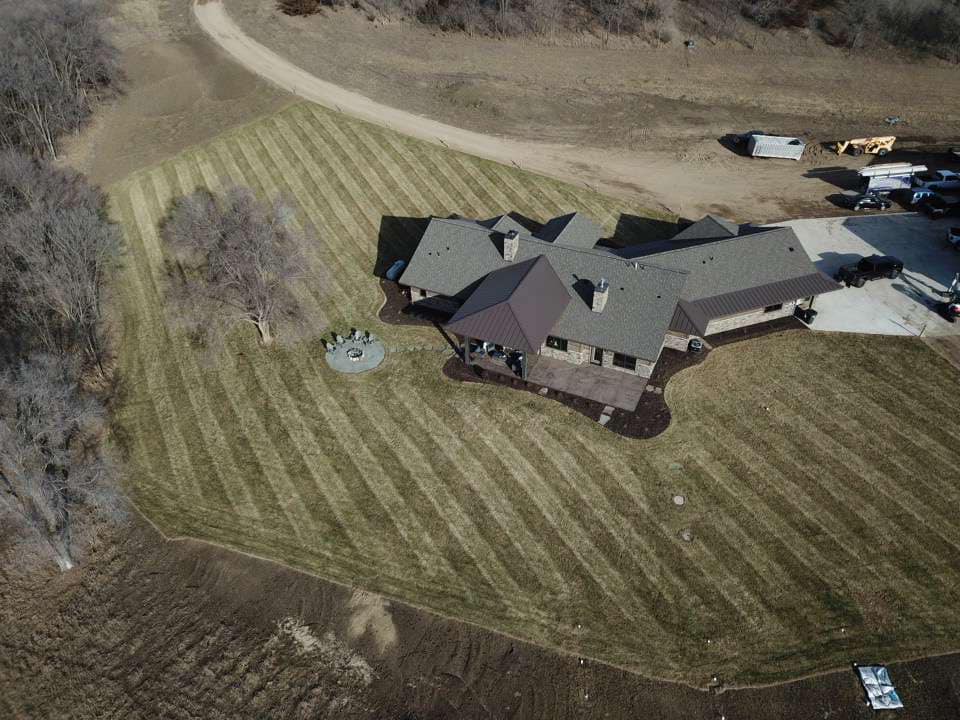
Landscape Mastery: How to Design Your Dream Outdoor Sanctuary Sep 04, 2025
Begin by envisioning how you want to use your outdoor space. Is your goal to create a peaceful garden retreat, a lively hub for social gatherings, or a safe haven for kids to play? Understanding the primary purpose will guide all your landscaping choices. Walk around your yard and take notes about its current features, sunlight patterns, and natural landscape. This groundwork will help you seamlessly integrate new design elements.
Next, consider the aesthetic appeal you wish to create. Whether you prefer clean, modern lines or a lush, organic garden, your stylistic preferences should be reflected in every aspect of your design. This might start with choosing a color palette for your plants, hardscaping materials like stone or wood, and outdoor furniture. Cohesiveness in color and material can turn a mere yard into a beautifully designed landscape.
The layout of your outdoor space is crucial. Think zones—areas designated for specific functions. This might include a dining area, a play zone, and perhaps a vegetable garden. Consider pathways that connect these areas, not only offering a functional transition but also adding to the overall design. Curved paths often create a more natural feel, while straight lines suggest a more formal arrangement.
The importance of plants cannot be overstressed in any landscape. Choose plants that thrive in your local climate and suit your aesthetic goals. Layer different sizes and types of plants for a dynamic effect. Use trees and tall bushes to provide structure and privacy, while smaller shrubs and flowering plants add color and interest. Don’t forget about the importance of each plant’s sunlight and water needs.
Hardscaping features such as patios, decks, pergolas, and water fountains can elevate a landscape from simple to stunning. These elements not only add beauty but can serve practical purposes. A pergola provides shade, for instance, while a well-placed fountain offers soothing ambiance. Select materials that complement the natural surroundings and your home’s architecture.
Lighting is another key consideration. Proper outdoor lighting extends the usability of your space into the evening and highlights certain features after dark. Consider a mix of ambient, task, and accent lighting to enhance safety and create mood.
As you piece together your plan, remain flexible. Even the most seasoned designers know that adjustments may be needed to accommodate unforeseen elements such as budgetary restraints or unexpected site challenges.
Finally, if the project feels overwhelming, or you’re unsure where to start, consult a professional. At Wurm Lawn and Landscape, our team can provide expert guidance and assistance throughout the entire process. We are passionate about helping you craft an outdoor sanctuary that you will cherish for years to come.
Designing a landscape masterpiece doesn't happen overnight. Patience, preparation, and a clear vision are key. With careful planning and thoughtful execution, you can create an outdoor space that not only complements your lifestyle but also enhances your home’s curb appeal. Trust the process, and remember that every plant grown or stone laid brings you one step closer to your dream oasis.
/filters:no_upscale()/media/2d379b30-a41f-47b9-97b6-72ad368f3e1d.jpeg)